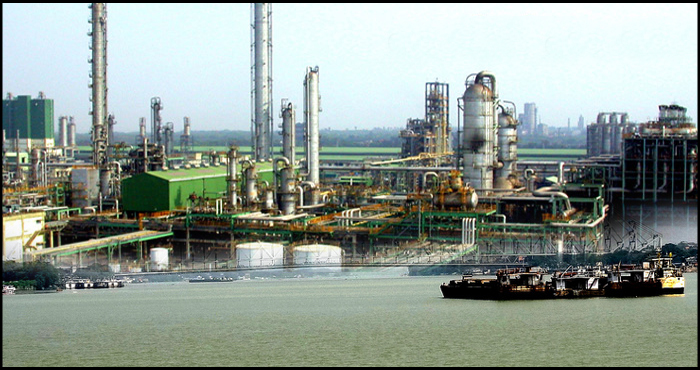The Mamata Banerjee government has got another big boost before the chief minister’s London visit on July.
The screening committee of the Department of Economic Affairs under the union Finance Ministry has cleared loan approval of receiving $500 million Asian Development Bank (ADB) loan to the West Bengal government for setting up the 231 km long North South corridor from East Midnapore to Murshidabad that will cross six districts and move parallel to NH-34.
This is the highest amount of ADB loan granted for any ADB-assisted single project in the country. The total cost of the project, to be executed by the West Bengal Highway Development Corporation Limited (WBHDCL) is estimated as Rs 4,696 crore.
The corridor would help to remove the critical bottlenecks in freight movement not only from the northern parts of the state and north eastern states of the country but also from the neighbouring countries like Bhutan and Nepal to Haldia and Paradeep.
About the corridor
According to the plan, the corridor will run across six districts on the western side of the Ganges parallel to NH-34 and would serve at least 40% of the total population of the state, connecting a 231 km stretch from Mechogram near Haldia in East Midnapore to Morgram near Jangipur in Murshidabad.
The corridor will connect the important national highways of NH-6, NH-2, NH-60 and NH-34. The corridor will also reduce travel distance of Morgramm – Haldia port for about 60 km and will reduce about three hours of travel time in comparison to NH-34.
Kharagpur and the south west part of the country will get shorter connectivity to north east in addition to the faster connectivity to Haldia from states like Bihar, Jharkhand and the north eastern states along with Nepal and Bhutan.
The story was originally published in The Times of India on 10 June, 2015










